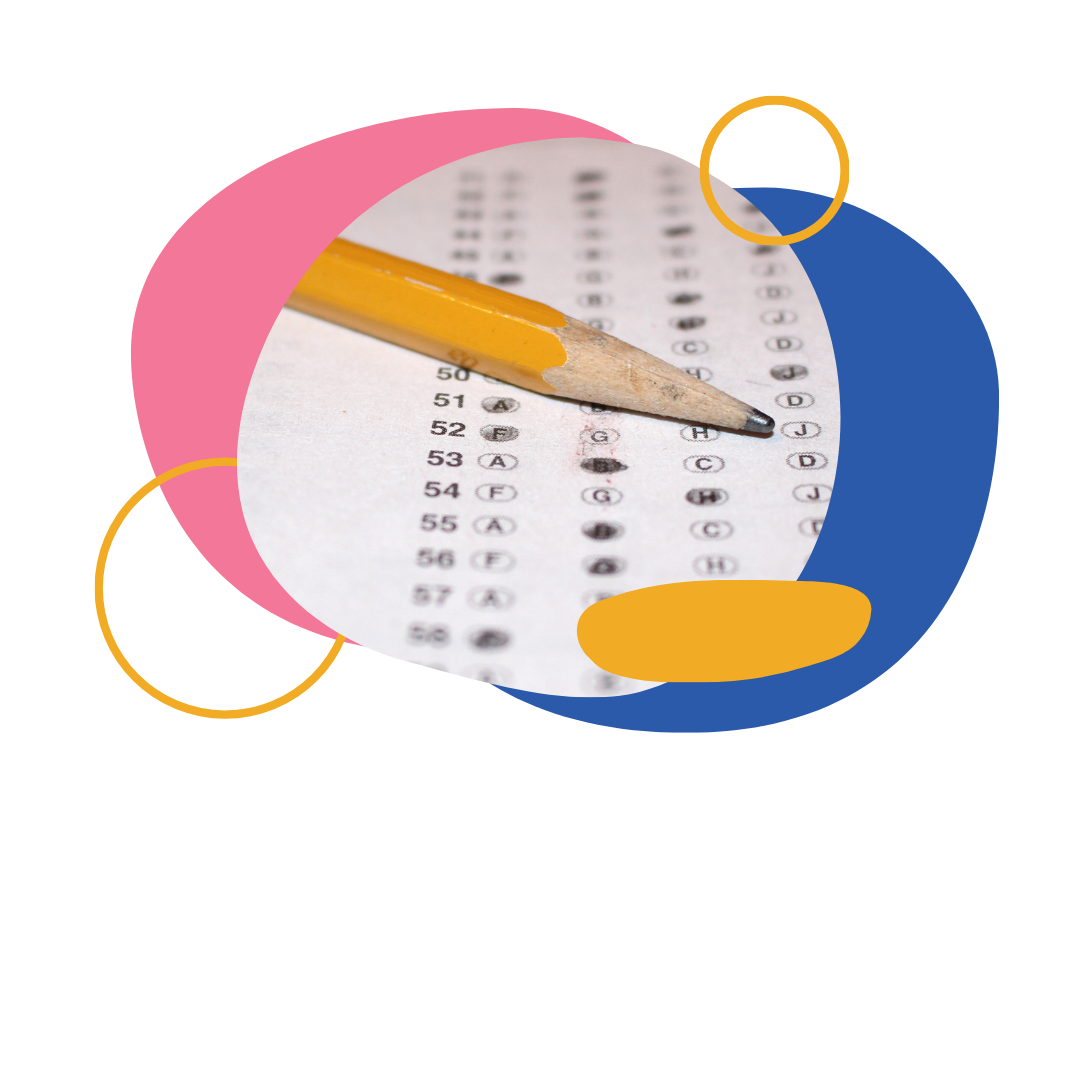Assessment of General Education
Learning Outcomes Assessment ensures coherence among our general education courses and provides information to continually improve course curricula.
The process for general education assessment was developed with the input of faculty from all colleges and schools to be meaningful to faculty, and to align with normal practices of teaching and curriculum development. The Office of Undergraduate Studies reports findings to General Education Faculty Boards, the Provost Commission on Learning Outcomes Assessment and the Senate Education Affairs Committee.
If you are teaching a general education course - please contribute to General Education Assessment:
Why ?
Your participation in General Education assessment ensures the continuous improvement of the program and is an opportunity for you to identify and share best practices for teaching in the General Education course categories. About one-third of a student's degree program is contributed by General Education courses!
How?
After teaching a general education course:
- Review student work in the context of the Learning Outcomes using the criteria found in the General Education rubrics.
- Reflect on what you discover and report in the General Education Reflection Survey - you will receive this in an email from the Office of Undergraduate Studies at the end of each semester that you are teaching a General Education course.
Please consider:
(Review all items below to determine best approach to assessment of your course)
- If your course contributes to the Fundamental Studies categories of Academic Writing, Professional Writing, Oral Communication, please speak to the Program Director regarding the assessment process. These programs have specific program approaches for the assessment process.
- If your course contributes to any other category of General Education, then the process is driven by you - the course instructor.
Two options:
- Learning Outcomes Assessment as a distinct process: complete General Education Assessment at the end of semester after you have submitted course grades. You will receive a note from UGST to prompt this activity.
- Learning Outcomes Assessment as part of the normal course process - review student work for Learning Outcomes Assessment at the same time that you review work to provide students a grade.
Please use General Education rubrics to assess student work from your course. Choose the rubric for the General Education category for which your course is approved. Some courses are approved for more than one category. Select the category that you would like to assess or you may assess all. See Instructions for how you may combine rubrics in ELMS.
Select the assignment aligned with learning outcome(s) indicated in the rubric. Most faculty assess a culminating project or assignment, or the response to a final exam question.
The amount student work that you review will be determined by you. How much will you need to assess student learning in the context of the general education outcomes? Many faculty use a sample of students.
If teaching assistants help with course grading, you may want to include them in the assessment process. They can help you review student work in relation to the rubric criteria and learning outcomes.
Faculty who have used the General Education assessment have indicated an interest in assessing student work early in the course as well as at the culmination of the course – a pre and a post assessment. See Instructions for using ELMS for Pre/Post assessment.
We recommend that you share your assessment goals and how your course meets General education learning outcomes with your students. Some faculty place learning outcomes in the syllabus and share the rubrics with students. In some cases faculty have used the rubric for peer review of student work throughout the course.
To collect the data from the review of student work – we recommend using the Speedgrader tool in ELMS. The instructions provided by DIT are very detailed such that prior experience with ELMS is not required. However, if you have never used ELMS before, you may want to contact DIT or work with a colleague who is familiar with ELMS. The ELMS tools used for General Education assessment include: “assignments,” “outcomes,” “rubrics,” “announcements,” “Speedgrader,” and “Learning Mastery.”
You will find copies of rubrics here and in ELMS.
The General Education rubrics may be accessed through the “find a rubric” command when setting up an Assignment in ELMS. See Instructions for Program Level Learning Outcomes Assessment Using Rubrics in ELMS
You may use any tool at your disposal to complete the assessment, as long as you are reflecting on what your students have learned in your course. When you have finished your assessment we ask that you complete the General Education Reflection Survey. You will receive a note at the end of the semester with more information on the survey.
Instructions for Program Level Learning Outcomes Assessment Using Rubrics in ELMS.
At the end of each semester, a link to the reflection survey will be sent via email to all faculty teaching a general education course. This survey prompts you to consider your assessment findings and collects data for the Office of Undergraduate Studies. We encourage you to keep a copy of your Reflection Survey responses for your Teaching Portfolio. The prompts for reflection include:
- What learning outcomes did you target in your review of student work?
- Which General Education rubric did you use in reviewing student work?
- What type of student work did you review?
- How many students were in your review sample?
- What did you learn about teaching in General Education as a result of your review?
- What changes will you make in your course as a result of your learning outcomes assessment?
Contact the chair of your Faculty Board. We have collaborated with IRPA to link learning outcomes assessment data submitted in ELMS to the more expansive student data warehouse.
We are happy to help you with your assessment questions.
The Office of Undergraduate Studies oversees and manages the assessment of General Education. Please contact us.

